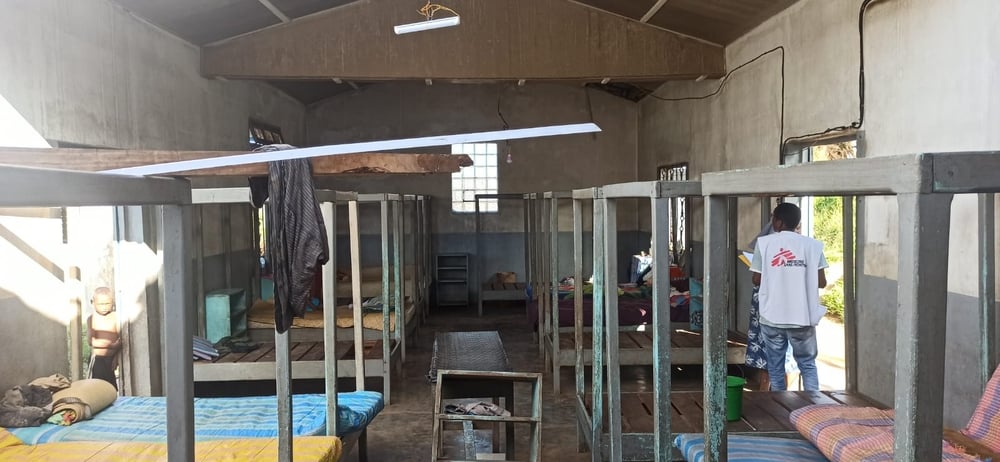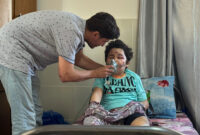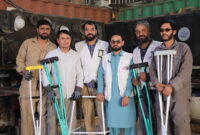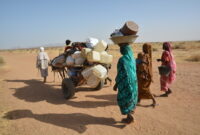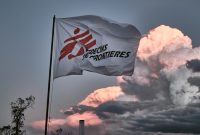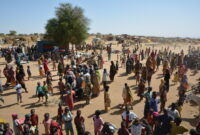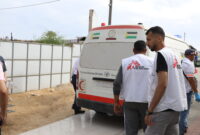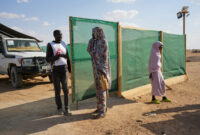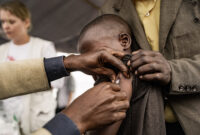Madagascar: Ongoing assessments after Cyclone Batsirai
Tropical Cyclone Batsirai hit Madagascar on February 5, 2022. According to the National Risk and Disaster Management Office (BNGRC), the initial toll amounts to 94 deaths and 116,000 people affected, but these figures are provisional since many areas are still inaccessible.
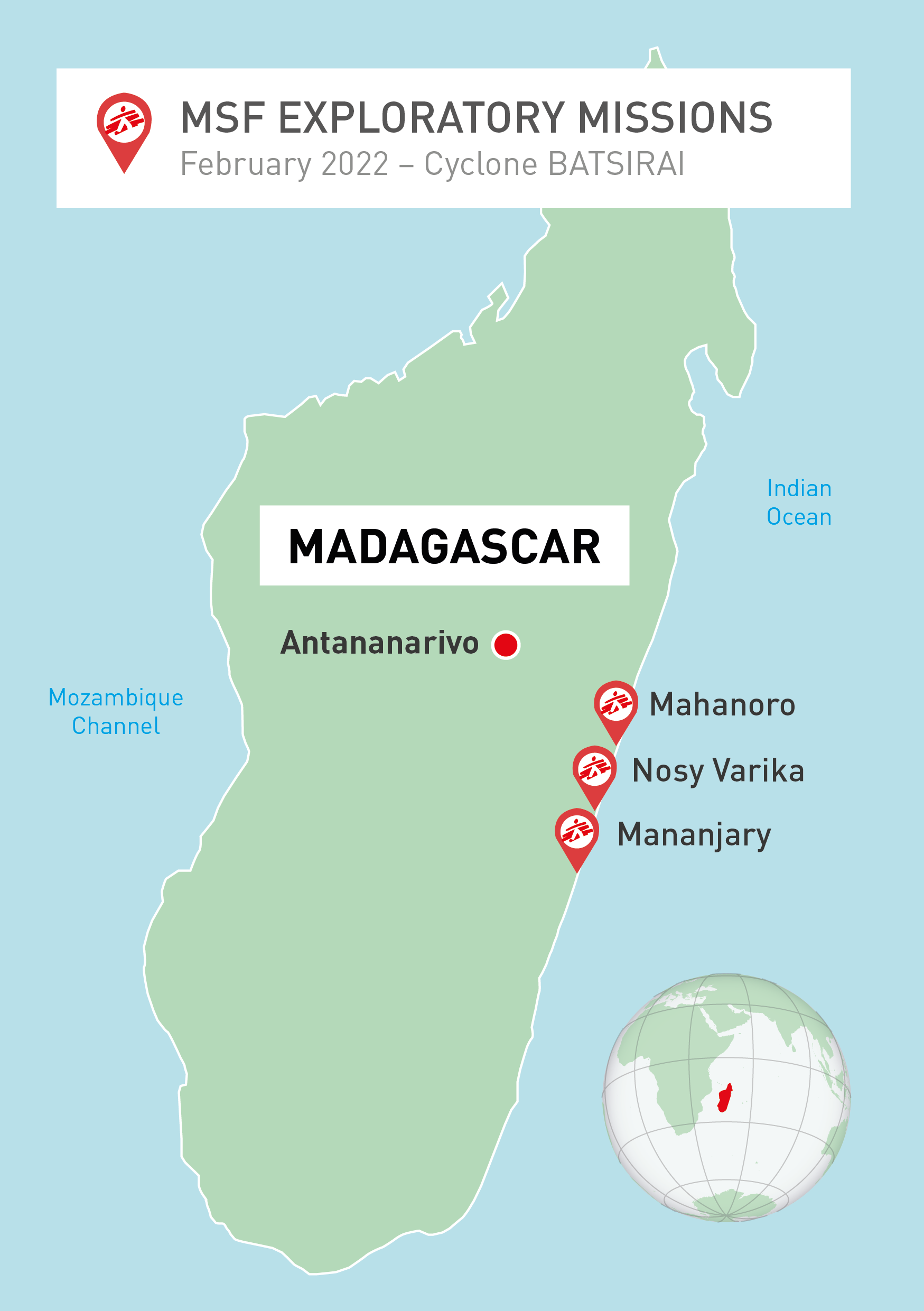
rong>
Earlier this week, two Doctors Without Borders/Médecins Sans Frontières (MSF) teams visited the affected areas to assess needs and organize the response. In Fianarantsoa, 25 health structures were damaged by the passage of Batsirai and part of the city is completely inaccessible after a bridge collapsed. In this area, the population might not have access to healthcare in the coming weeks.

Continuing east towards the cyclone’s impact point, our teams saw the damage caused by the strong cyclonic winds. “The state of the roads is getting worse as we go, and many of them are still being cleared. The roads are unstable, sometimes with a deep hole under the asphalt, and can collapse at any time,” explains Joaquin Noterdaeme, MSF logistic coordinator.
Mananjary, a town hit hard by the cyclone, is largely destroyed. “The hospital is no longer functioning, five health centres are completely destroyed in the area and the roofs of 35 other structures have been blown off. The hospital patients have been evacuated to a clinic opened urgently to receive them” continues Joaquin Noterdaeme.

Access to Nosy Varika, a coastal town about 100 km north of Mananjary, is very difficult because of rising waters and blocked roads, delaying the arrival of rescue workers. The hospital has been destroyed and the town was still without electricity last night when the MSF team arrived on the scene. As for the most remote areas, other means must be put in place to continue the assessments: “we will leave by speedboat to reach certain health centres that are inaccessible by road, while other regions can only be reached by motorbike”.
An MSF convoy loaded with hygiene products and passing through the north of Nosy Varika had to board ferries three times to cross the flooded roads and finally reach Masomeloka on February 10, 2022. The village pharmacy was flooded and the health centre was affected by the rising waters. The teams also saw a lot of damage to the fields and fruit trees, raising fears about the consequences on access to food.

“In areas difficult to access, an increase in the price of rice has already been observed, which may lead to a worsening of the food situation if nothing is done,” concludes Joaquin Noterdaeme. “The rising and stagnant waters make us fear malaria outbreaks in the coming weeks. In addition, we are already seeing reports of an increase in the number of cases of diarrhea and respiratory infections”. The medical consequences of the floods and the widespread destruction are already tangible.
At this stage, assessments are still being carried out in the most remote areas and the details of the activities are yet to be defined. We are focusing our response on providing medical support to the affected areas, in coordination with other organizations already on the ground. An arrival of additional medicines and equipment is expected in the coming days.
